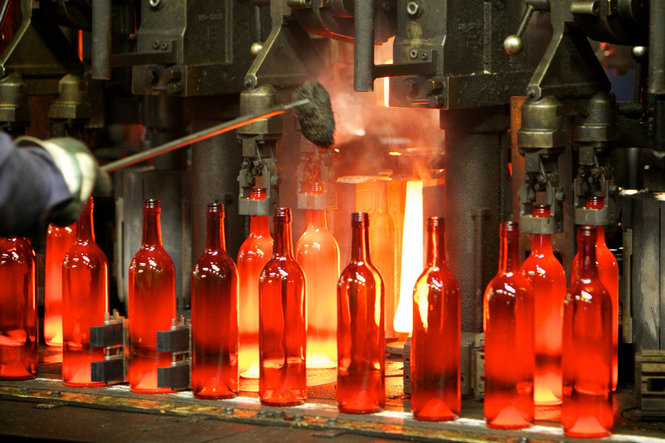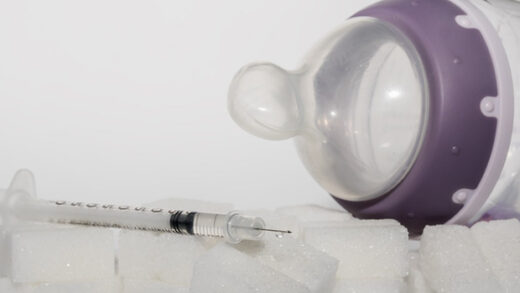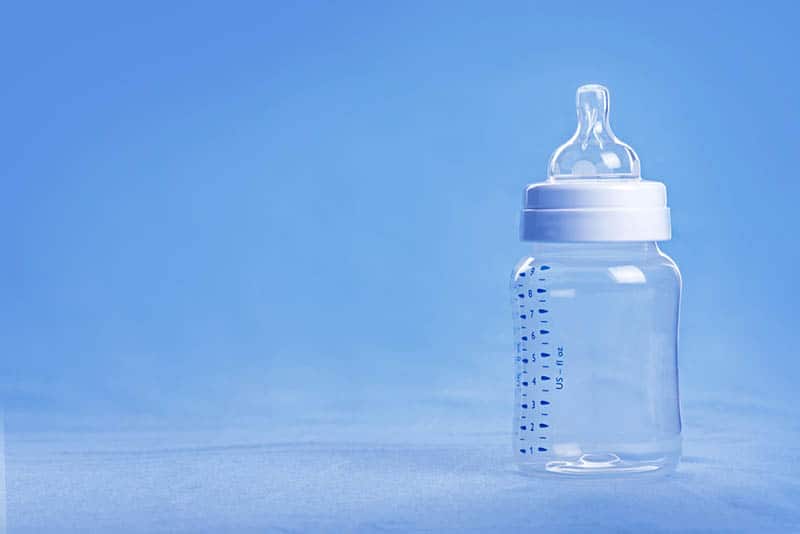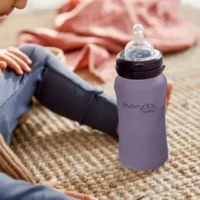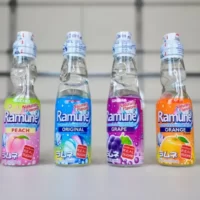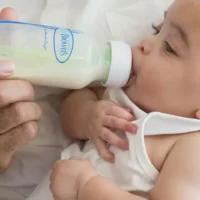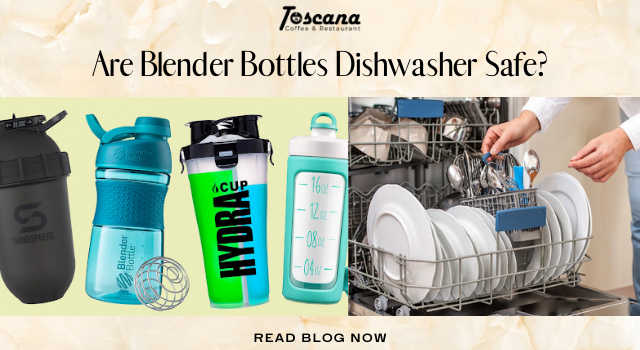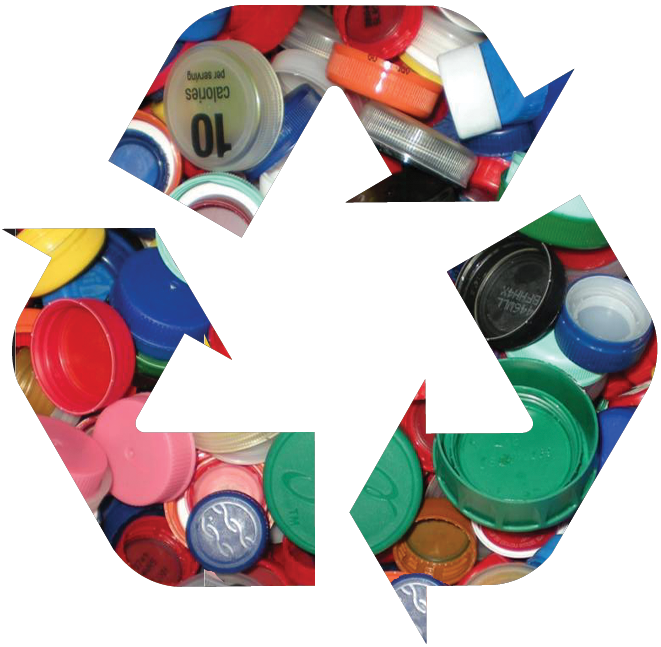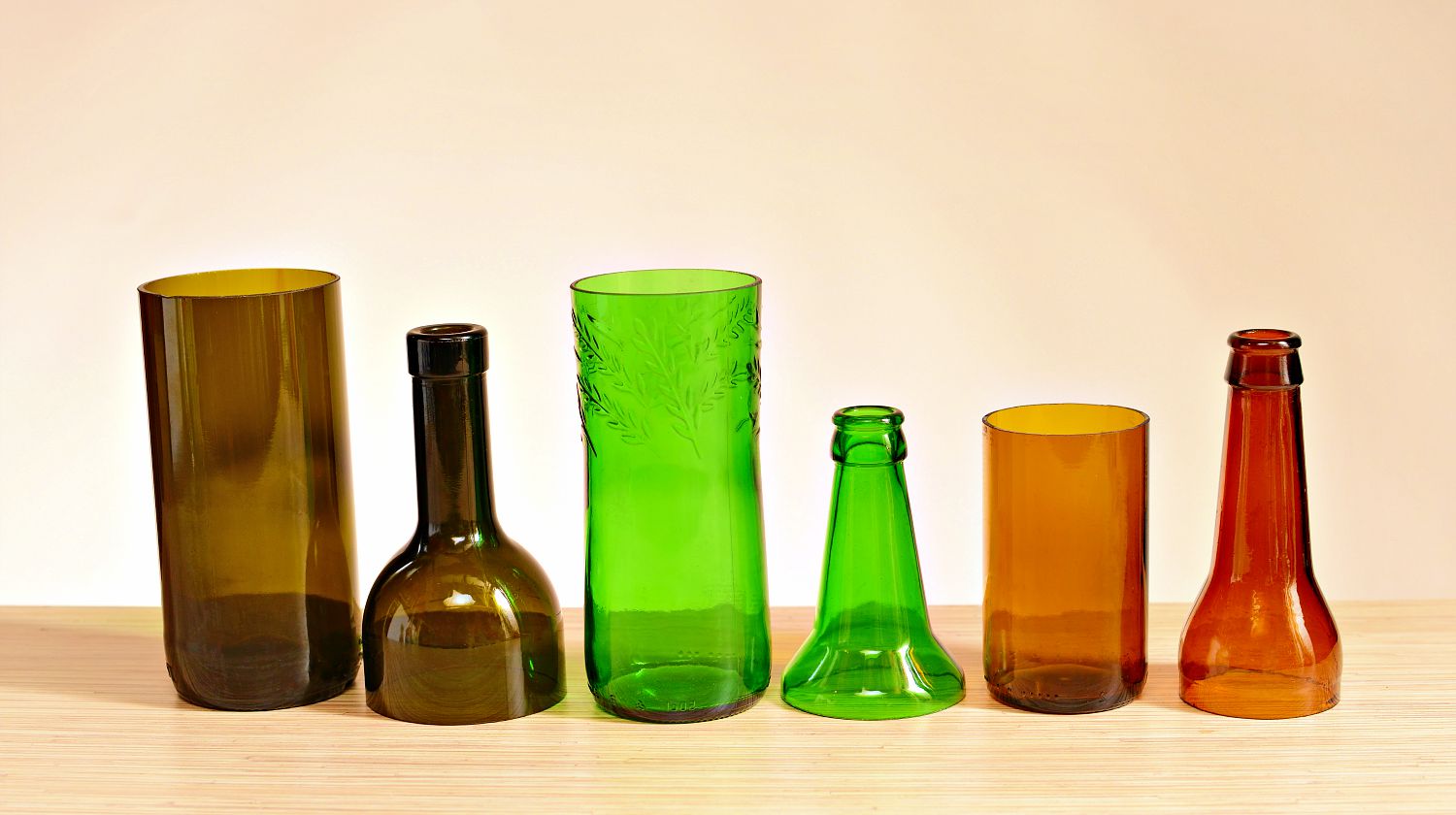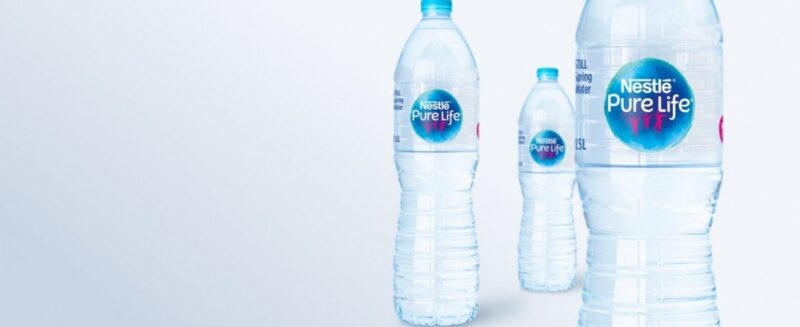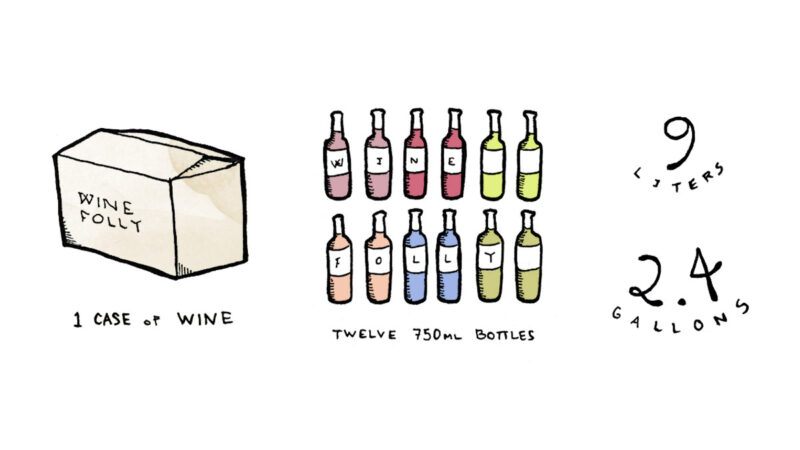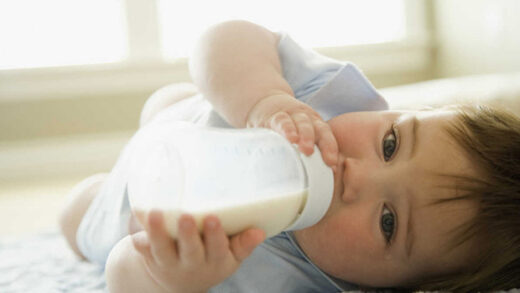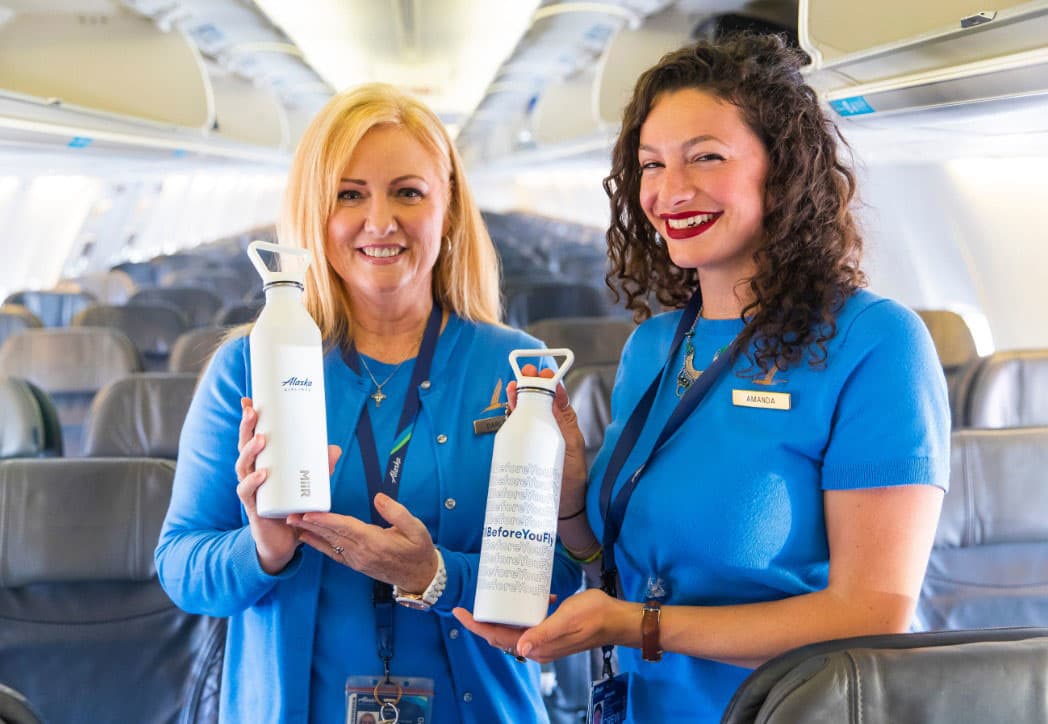Owners occasionally have to bottle-feed a young puppy, and some have to feed an entire litter!
But don’t panic, many other dog owners just like you have learned to bottle feed puppies and hand-raise them successfully.
You can do it too; the tips and details on this page will assist you in assembling everything you need and in ensuring that the puppy or puppies receive the nutrition they require.
Table of Contents
What Should Young Puppies Eat?
Forgive me for being a smartass here, but the best thing to feed puppies is dog milk.
There is nothing as effective at sustaining and supporting young puppies as dog milk, and I’m not just making that up. You can buy it online, at the pet store, or at the veterinarian’s office.
To be fair, dogs have been developing this formula for tens of thousands of years, whereas producers of puppy formula have only been doing so for a few decades.
For example, the first 24 hours or so worth of milk the puppies obtain from their mother is chemically distinct from the milk they’ll produce thereafter. This first milk, known as colostrum, is chock full of antibodies and other nutrients that will support the puppies’ immune systems and get them off to a good start.
Therefore, it’s rarely a good idea to bottle-feed puppies who are able and willing to get their nutrition from their mom. Dogs don’t need extra encouragement to warm up to humans; they’ll love you enough without needing special efforts, in contrast to birds, which may become more receptive to people through the bottle-feeding process. Simply show them a lot of love and care, and instinct will take over on both sides.
Instead, puppies who have lost their mother or whose mother is unable to properly care for them should only be bottle-fed. Dogs typically only produce as many puppies in a litter as their mother can sustain. However, nature doesn’t always get that number exactly right, so in those situations, a little extra care will make sure all the puppies survive puppyhood. It might also be necessary to feed puppies or other dogs who do not thrive on their mother’s milk alone.
However, whenever you are unsure, it is probably wiser to err on the side of caution. So, it’s a good idea to contact your vet and discuss supplemental bottle feedings if you think some of your puppies may need it. You will require a commercial puppy formula if you and your veterinarian decide that bottle feeding is the best option.
How To Bottle Feed A Puppy?
It’s critical to carefully read the directions on the milk replacer when giving a newborn puppy formula. “The wrong amount of water added can result in diarrhea or constipation, both of which can be extremely dangerous for a puppy, warns Fuller.
Puppies ought to be fed on their stomachs with their heads held high, according to Fuller. Use a bottle that has a nipple hole just big enough for the milk to drip out slowly. The milk shouldn’t fall into your puppy’s mouth; it should be sucked out instead. Another crucial thing to remember is not to force feed or overfeed your puppy. Feeding incorrectly will very likely cause pneumonia,
“Please keep in mind that you should only take care of an orphaned animal with the assistance of a qualified veterinarian, says Fuller. “Puppies can become seriously ill very quickly, so close observation is essential.”
Canned Vs. Powdered Puppy Formula
You can choose between canned products that have already been mixed and a dry powder that you’ll need to mix yourself as long as you buy high-quality puppy formula or milk replacer. Your growing puppies will receive the nutrition they require from either type.
However, there are two key distinctions between products that are in a powder and those that are in a can:
- Although they must be kept chilled, pre-mixed versions are much easier to use.
- Although much less expensive, powdered versions require mixing before use.
That is the primary distinction between the two. In an apples-to-apples comparison, the decision comes down to how much you are willing to spend on convenience.
Quick Pick: If you only came to this page to get a quick formula recommendation: A high-quality product with a reasonable price is Esbilac Puppy Milk Replacer.
For more information, you can also read our larger guide to picking and choosing a puppy milk substitute here.
Amount And Periodicity Of Puppy Feeding
Each day, a healthy puppy should eat about 1 ounce of food for every 8 ounces of body weight. Therefore, a 5-pound puppy would require roughly 10 ounces of food daily, whereas a 1-pound puppy would only require 2 ounces.
The key is to administer this food over several feedings each day. If you overfeed your puppy, it will only result in an upset stomach. Instead, watch your puppy’s tummy as you feed him; it should expand into a vaguely round shape.
Young puppies need to eat much more frequently than adult dogs because they have small stomachs and significant calorie demands for their size. Puppies under 4 weeks old should be fed at least every 6 hours, but it is best to feed them twice as frequently.
Puppy Developmental Milestones
When you start the process of raising puppies that are orphaned or otherwise in need, it’s a good idea to keep in mind the fundamental developmental milestones.
The majority of puppies achieve the following milestones by a specific time, though there is undoubtedly some natural variation.
- On the first day of life, the puppies are born with folded ears and closed eyes.
- Around day 5, the umbilical stump will become dry and detach.
- Between days 14 and 21, the puppies’ eyes will start to open.
- By the age of three weeks, puppies can typically start to crawl. At this point, their ears will also begin to straighten.
- At 4 weeks, puppies are frequently able to stand, and this is also the time when weaning can start. By week three, make sure you have a plan and have purchased high-quality puppy food.
- By the end of their fifth week of life, puppies can typically eat from a bowl.
While failure to reach these milestones doesn’t necessarily indicate a problem, it is wise to consult your veterinarian any time your puppies begin to lag behind the general progression.
How To Judge If Your Puppy Is Healthy?
Your new puppy will likely sleep for the majority of the day if all of its nutritional needs are being met and digestion is good. Up until it is about three weeks old, it will follow a schedule for eating, going potty, and sleeping.
Dogs are hotter than humans, so they should feel warm to the touch as well. After eating, they will likely appear quite chubby and content with a nice round belly.
When a puppy cries frequently and spends a lot of time wriggling and squirming, it’s likely that they are hungry and feeling under the weather.
Be cautious when feeding a dog who feels cold because malnourished dogs often have a cold sensation to the touch. Giving puppies liquid can further lower their body temperature since they have trouble controlling it.
A visit to the vet should be scheduled, and you should try to warm them up before attempting another feed.

